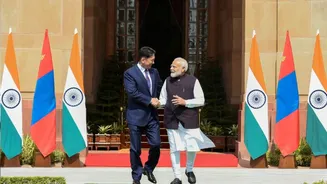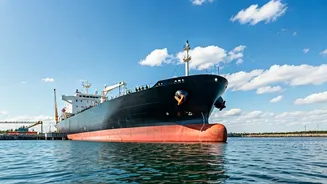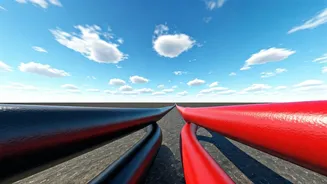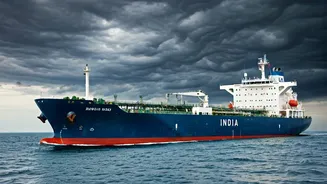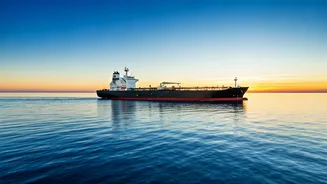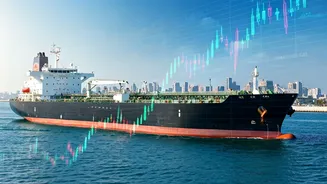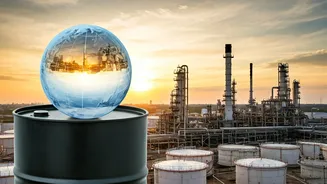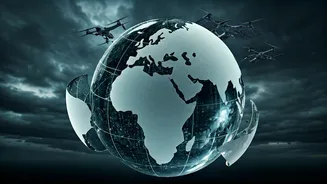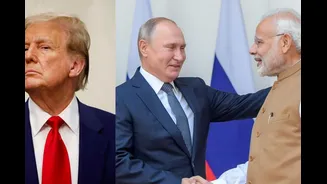Peaceful protesters making human chains in -30°C on the Sukhbaatar Square are as fresh in my memory. I made so many friends, watching those protests, who later rose to become prominent leaders of the country.
Another defining feature of our relationship was that the Government of India decided to post Rinpoche Kushok Bakula, a prominent Buddhist monk, as our ambassador, not necessarily due to respect or affection for him but because he had activated his campaign for greater autonomy for Ladakh. No wonder the Leh airport is named after him. He was virtually looked at as the living God in Mongolia, with miles-long queues in front of our embassy for his blessings. We even arranged the visit of the Dalai Lama despite immense pressure put by China on the local government against it.
For the first time we had an open-ended slot under the India Technical Economic Cooperation (ITEC) for Mongolians and the first-ever line of credit outside of our immediate periphery. Today, our relationship has diversified, and India has invested over $1.7 billion in a refinery in Mongolia. It is India’s largest development partnership project globally, with over 2,500 Indian professionals working alongside their Mongolian counterparts to make it a reality. Several Indian IT and other companies have established their presence in new-age Mongolia and are catering to the developmental initiatives.
Mongolia is a large landlocked country sandwiched between Russia and China. The US also tries to be its third neighbour, especially as James Baker III had propounded it, even though not much came out of it, at least in the 90s. It also has a small population, but defence and security are equally important for all countries. India has accorded high priority to indigenisation under the 'Make in India for the World' initiative, which includes self-reliance and export capability in the defence sector.
Hence India has expressed its readiness to share its expertise and equipment with friendly countries, including Mongolia. Capacity building and military training are important components of this cooperation. AI, ICT, higher education, industrial development and cyber and space areas provide new contours for cooperation.
High-level exchanges as well as people-to-people (P2P) connections are an absolute imperative for the organic growth of any bilateral relationship. This is true of Mongolia as well. During our time we had arranged the visit of the then vice president, which kept the track going.
Several years later Prime Minister Narendra Modi became the first Indian PM to visit (2015) the Buddhist nation when it became our truly strategic partner. Institutional arrangements of cooperation, including in defence and security, were fortified. The agreement on e-visas will further strengthen the P2P interactions.
The recent state visit of Mongolian President Khurelsukh Ukhnaa, from October 13 to 16, as we celebrate 70 years of diplomatic relations and the 10th anniversary of the strategic partnership, acquires a greater significance to enrich the ties and take these to the next level. He was accompanied by a high-level delegation comprising cabinet ministers, members of parliament, senior officials, business leaders, and cultural representatives. This was President Khurelsukh’s first visit to India in his capacity as Head of State of Mongolia.
PM Modi reiterated, “The relationship between India and Mongolia is more than just a diplomatic relationship. It is a deep, soulful, and spiritual bond. The depth and scope of our partnership is reflected in our people-to-people ties.” And added, “We will also send a Sanskrit teacher to Gandan Monastery to support in-depth study of Buddhist texts and continue the ancient tradition of knowledge. We have decided to soon launch a project to digitise one million ancient manuscripts. Nalanda University has played a vital role in Buddhism in Mongolia, and today we have agreed to strengthen this historic connection by linking Nalanda with Gandan Monastery.” Gandan was the only monastery that stood the brunt of communism for seven decades. Rinpoche Bakula, during his long tenure, also revived dozens of monasteries across Mongolia.
During his meeting with President Murmu, her Mongolian counterpart Khurelsukh expressed appreciation for the full support of the Indian government in implementing joint projects funded by Indian concessional loans and grants, including the timely completion of the Oil Refinery Plant, a symbolic project of bilateral cooperation.
The Mongolian president also lauded India’s leadership in renewable energy, nuclear, and conventional energy development, as well as its initiative to establish the International Solar Alliance, which is making a valuable contribution to the global clean energy transition.
Defence and security cooperation is also steadily strengthening. “We have launched several new initiatives, from training programmes to the appointment of a Defence Attaché at the Embassy. India will also launch a new capacity-building programme for Mongolia's border security forces,” said PM Modi.
India and Mongolia also have convergences on foreign policy and international issues. The world is confronting new hegemonic challenges, where both nations share a common interest in peace and a multipolar global order. Mongolia emphasises that both bigger and smaller actors should be aware of their shared weight in the formation of a world order and uses its Buddhist tradition and beliefs for ensuring peace efforts.
Even in the ongoing Russia-Ukraine conflict, both India and Mongolia maintain very similar positions that dialogue and diplomacy remain the preference for resolving global disputes. Mongolia reiterated its support for UN reforms and India’s seat at the expanded UNSC. Mongolia appreciates India’s commitment to building a more inclusive, representative and multipolar international order, and India appreciates Mongolia’s call for a ‘multi-pillar’ world, built on shared pillars of dialogue, trust, and cooperation.
Democracy, Dharma and Development are India's key movers of this bilateral relationship. It is an important strategic partner by virtue of its location and civilisational connection. India had extended billions of dollars in lines of credit, including for building a refinery. It is also a mineral-rich country with copper and uranium, among others, which are being harnessed at last for mutual advantage.
Both sides agreed to lay the groundwork for collaboration in exporting Mongolia’s key mineral resources to the Indian market, including coking coal and copper, with a view to fostering shared industrial development and economic growth. Hence mutually beneficial collaborative partnerships are natural. Spiritual connections and tenets of Buddhism provide an exceptionally strong framework for a trusted partnership.
A volatile, transient and uncertain world order will pose unseen challenges which only trusted partnerships will be able to counter and capitalise on. Hopefully India and Mongolia will be able to do that. Being guided by the vision and strategic direction of their respective leaders, the India-Mongolia Joint Committee on Cooperation (IMJCC), co-chaired by the External Affairs Minister of India S Jaishankar and Chief Cabinet Secretary of Mongolia Dashzegviin Amarbayasgalan, will continue to identify new areas of collaboration, monitor implementation, and ensure coordinated progress through various sectoral dialogues and working groups, as envisaged in the joint statement issued during the visit.
The author is the former Indian Ambassador to Jordan, Libya and Malta and is currently a Distinguished Fellow with Vivekananda International Foundation. Views expressed in the above piece are personal and solely those of the author. They do not necessarily reflect Firstpost’s views.
